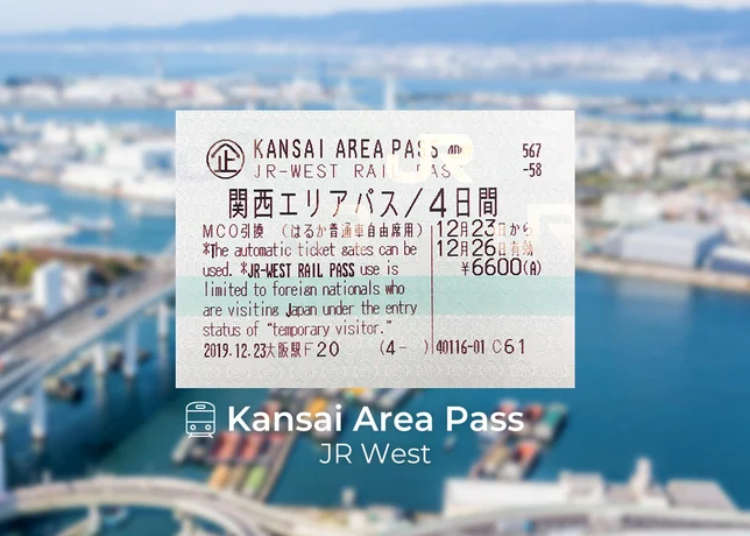
Learn all about the JR West Kansai Area Pass, including the different types of passes available and which destinations it allows you to visit.
(Main image: Klook)
- Table of Contents
-
- Types of Passes & Prices
- Why Choose the JR West Kansai Area Pass?
- What are the Main Sights to See with the JR West Kansai Area Pass?
- Practical Information About the JR West Kansai Area Pass
- Alternatives to the JR West Kansai Area Pass
- Conclusion - Save Money on Train Travel With the JR West Kansai Area Pass
A great way to explore Kansai is with the JR West Kansai Area Pass. Located in the center of Japan’s main island of Honshu, the Kansai region is home to several major cities, including Kyoto, Osaka, and Kobe. Rich in history and culture, Kansai is also where you’ll find popular attractions like Nara Park and Himeji Castle. Kansai is also blessed with beautiful natural scenery, including Lake Biwa, the largest freshwater lake in Japan, and ancient forests lined with historic pilgrimage trails. This part of Japan is also famous for its incredible food, from Kobe beef to the culinary delights of Osaka, which is known as Japan’s kitchen.
With the JR West Kansai Area Pass, you can enjoy unlimited travel on certain train lines within Kansai to reach many of the region’s most popular cities and attractions.
Types of Passes & Prices
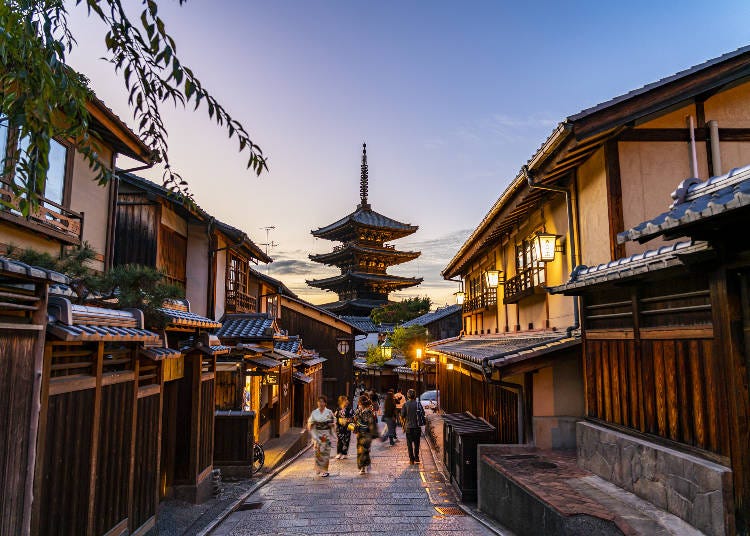
The JR West Kansai Area Pass is available as a 1-Day, 2-Day, 3-Day or 4-Day pass that allows you to take unlimited journeys on 23 train lines operated by Japan Railways (JR) throughout the Kansai region. As well as these JR lines, the JR West Kansai Area Pass also includes the use of 1-Day passes on the Kyoto City Subway, the Hankyu Railway and the Keihan Railway.
However, the JR West Kansai Area Pass can’t be used on any Shinkansen services, or any Limited Express trains with the exception of the HARUKA Limited Express train to and from Kansai International Airport.
The full list of JR lines that the JR West Kansai Area Pass can be used on is the Ako Line, the Biwako Line, the Gakkentoshi Line, the Hanwa Line, the Hokuriku Line, the Kakogawa Line, the Kansai Line, the Kansai Airport Line, the Kobe Line, the Kosei Line, the Kusatsu Line, the Kyoto Line, the Manyo-Mahoroba Line, the Nara Line, the Osaka-Higashi Line, the Osaka Loop Line, the Sagano Line, the Sanyo Line, the Takarazuka Line, the Tozai Line, the Wakayama Line, the Yamatoji Line and the Yumesaki Line.
A full map of the area covered by the JR West Kansai Area Pass can be found on the official website (PDF).
This pass also allows you to use all local buses operated by West Japan JR Bus Company, though travel on long-distance expressway buses is not included. With the JR West Kansai Area Pass you can also use JR’s bike hire service, Ekirin, free of charge where available within the region covered by the pass. A list of locations where this service can be used can be found on the official website here.
Please note that the 1-Day passes for the Kyoto City Subway, the Hankyu Railway and Keihan Railway will need to be redeemed separately at ticket offices for each train line. Information on where to redeem each of these passes can be found on the JR West website here.
The 1-Day Passes for the Kyoto City Subway, Keihan Railway, and Hankyu Railway lines have to be collected and used within the validity period of the JR West Kansai Area Pass. However, these passes can be used on any of the days that your JR West Kansai Area Pass is valid. For example, if you buy the 4-Day JR West Kansai Area Pass and activate it on a Monday, you could collect and use the 1-Day pass for the Kyoto City Subway on Tuesday, the Hankyu Railway Pass on Wednesday and the Keihan Railway pass on Thursday.
Comparing the Cost of the Different Types of JR West Kansai Area Pass
- 1-Day JR West Kansai Area Pass - Adults: 2,800 yen / Children: 1,400 yen
- 2-Day JR West Kansai Area Pass - Adults: 4,800 yen / Children: 2,400 yen
- 3-Day JR West Kansai Area Pass - Adults: 5,800 yen / Children: 2,900 yen
- 4 -day JR West Kansai Area Pass - Adults: 7,000 yen / Children: 3,500 yen
Adults are classified as those aged 12 years and over, while child rates apply to those aged between 6-11 years old. Up to two infants aged 5 or under can travel for free with adults using a JR West Kansai Area Pass.
Who Might Benefit the Most from the JR West Kansai Area Pass?
The JR West Kansai Area Pass would be ideal for anyone who plans to travel around the region and visit several of the area’s most popular destinations. The 3-Day and 4-Day options of the pass offer the most value for money, as the more extensively you travel, the more you can potentially save on train fares. If you plan on taking a series of day trips whilst based in a major city, such as Kyoto or Osaka, or if you intend to move around Kansai while staying in a different location each night, then the JR West Kansai Area Pass will almost certainly save you money.
Where to Buy the JR West Kansai Area Pass
The JR West Kansai Area Pass can be bought from online travel agents such as Klook.
Why Choose the JR West Kansai Area Pass?
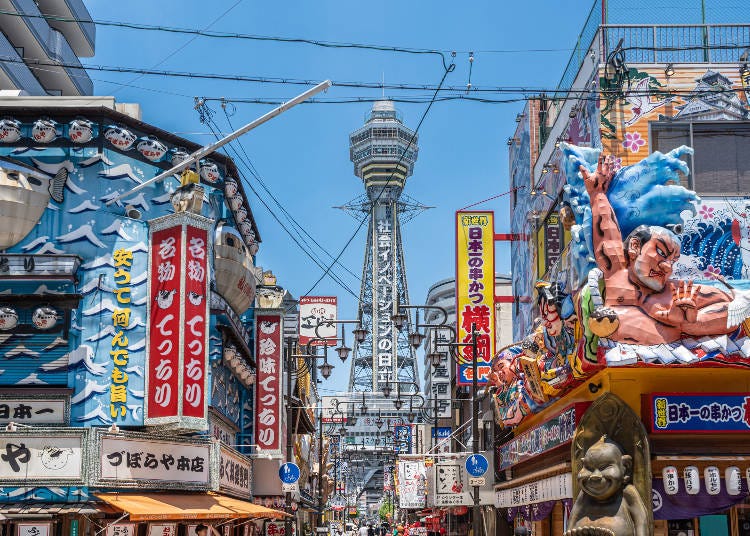
Save Money on Train Travel in Kansai
If you want to keep costs down while visiting Kansai, then the JR West Kansai Area Pass will save you money on train fares while traveling in the region. As already mentioned, the 3-Day and 4-Day passes offer the most value, especially when the additional 1-Day passes for the Kyoto City Subway, the Hankyu Railway and the Keihan Railway are also taken into account.
A Great Option for Visiting the Most Popular Destinations in Kansai
The JR West Kansai Area Pass is very useful if you’re looking to visit many of the region’s most popular destinations, such as Kyoto, Osaka, Kobe, Nara and Himeji. Besides these, the pass can also be used to travel to many of Kansai’s lesser-known destinations and hidden gems, many of which we’ve listed below.
Multi-Day Options Offers Good Flexibility
As the JR West Kansai Area Pass is available in several different formats it means that there will almost certainly be a pass that’s suitable for you depending on how long you plan to stay in Kansai. For example, the 1-Day or 2-Day pass is a great option if you’re only staying for a weekend, while the 3-Day or 4-Day passes are ideal if you’re staying for a little longer and want to explore Kansai over a series of days.
1-Day Passes for 3 Other Train Lines a Big Bonus
A major perk of the JR West Kansai Area Pass is that it includes 1-Day passes for the Kyoto City Subway, the Hankyu Railway and the Keihan Railway. These are especially useful for traveling within Kyoto as well as to areas around the city. Access to the Kyoto City Subway means that you have even more options for getting around the city, while the Hankyu Line offers another way to get between Kyoto and Osaka. The Keihan Line also lets you travel right into the center of the historic city of Uji.
Save Time With Just One Ticket
With the JR West Kansai Area Pass, you'll only need one ticket to travel on so many train lines. You’ll save plenty of valuable time by not needing to queue up to buy multiple tickets for every train journey that you need to take. Instead, with just one ticket, you can hop on and off any number of JR train lines and enjoy more of your holiday in Kansai.
Potential Drawbacks of the JR West Kansai Area Pass
Expensive Compared to Similar Passes by Other Train Companies
The JR West Kansai Area Pass is not the cheapest travel pass available for the Kansai region. For example, both the 3-Day and 5-Day versions of the JR West Kansai Area Pass are more expensive than the 5-Day Kintetsu Rail Pass, which allows unlimited travel on trains operated by Kintetsu in Kansai.
Can’t Be Used on the Shinkansen and Most Limited Express Trains
One major downside of the JR West Kansai Area Pass is that it cannot be used on any Shinkansen trains in the region. The pass can also only be used on one Limited Express service, the Haruka Limited Express between Osaka and Kansai International Airport. If you do want to travel by Shinkansen or on Limited Express trains you would have to buy extra tickets to use these.
Not Ideal for Visiting Mie Prefecture
If you want to visit the major sights in Mie Prefecture during your trip to Kansai, then this is not the pass for you. Aside from a very small section of the Kansai Line, the JR West Kansai Area Pass does not include travel on any other services to or from Mie. If you wish to see more of Mie, you might want to consider looking into the 5-Day JR Kansai WIDE Area Pass instead.
What are the Main Sights to See with the JR West Kansai Area Pass?
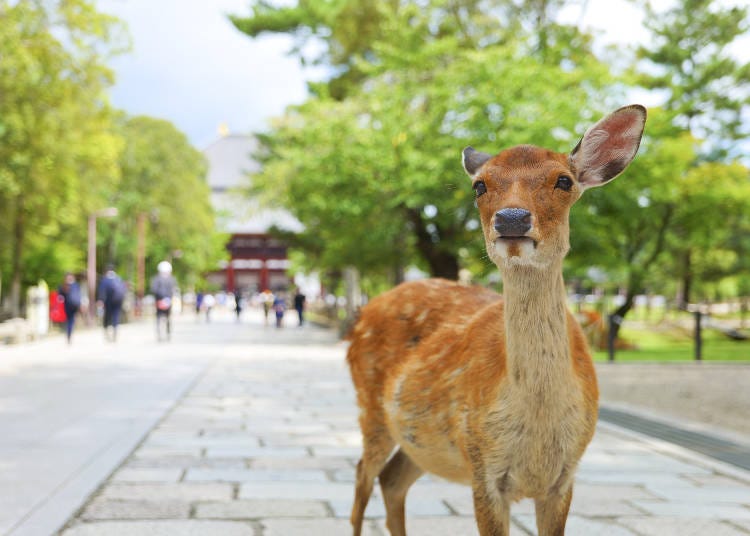
Here are some of the destinations you can visit using the JR West Kansai Area Pass.
Kyoto - Historic Kyoto is home to some of the most popular sights in Japan. These include the 10,000 vermilion torii gates at Fushimi Inari Shrine, Kinkakuji temple’s Golden Pavilion, and the Kyoto Imperial Palace, the former home of Japan’s Imperial Family. You can spot geisha walking through the atmospheric neighborhood of Gion or stroll along the paths that cut through the beautiful Arashiyama Bamboo Grove.
Osaka - Osaka is an eclectic and full-throttle city full of bright neon and some of the best food in Japan. Alongside the city’s famous landmarks, such as Osaka Castle, the Tsūtenkaku Tower and Dotonbori’s Glico Man, Osaka is famous as the best place to eat classic dishes such as okonomiyaki, takoyaki and kushikatsu. The JR West Kansai Area Pass can also be used to travel to Universal City Station for Universal Studios Japan.
Kobe - The port city of Kobe is famous for its cosmopolitan vibe. The picturesque Kitano-cho neighborhood is still home to dozens of historic houses built by merchants from overseas who settled in Kobe in the late 19th century. Nankinmachi is Kobe’s Chinatown where you’ll find plenty of excellent places to eat, while nearby is Ikuta Shrine, one of oldest Shinto shrines in Japan, dating from the 3rd century. For breathtaking views of Kobe, take the Nunobiki Ropeway to the observation deck that overlooks the city.
Himeji - The city of Himeji is a popular day trip destination as it is home to possibly the most beautiful castle in Japan. Built in the early 17th century, Himeji Castle has been declared a UNESCO World Heritage Site and a National Treasure of Japan. The grounds of Himeji Castle are beautiful all year round, particularly in spring during the cherry blossom season. The nearby Kokoen Garden is also spectacular, featuring a typical Japanese garden with traditional tea houses and ponds full of colorful koi carp.
Nara - Within easy reach of both Kyoto and Osaka, Nara is easily one of the most popular day trip destinations in Japan. This is mostly due to the roughly 1,000 free-roaming deer who wander Nara Park and are officially designated as natural treasures. You can buy special crackers to feed the deer, while elsewhere in Nara Park are Todaiji Temple, whose main hall houses a giant seated Buddha statue, and Kasuga Taisha, famous for its hundreds of hanging bronze lanterns.
Uji - Located between Kyoto and Nara, the city of Uji rose to prominence when Kyoto was the capital of Japan. Green tea was cultivated in Uji as early as the 13th century and thanks to its proximity to Kyoto, Uji became famous for producing green tea of the highest quality. Uji is still famous in Japan for its green tea which can be enjoyed in the city’s many tea houses. Uji is also famous for its many important temples and shrines, including Byodoin Temple and its stunning Phoenix Hall.
Wakayama - The city of Wakayama is around 1 hour 30 minutes from Osaka by train. The city’s main attraction is Wakayama Castle, a faithful reconstruction of the original castle that was first built in the 17th century but rebuilt after the Second World War. The castle’s stone walls and moat are both original, and today its grounds include the beautiful Momijidani Teien Garden as well as over 600 cherry blossom trees. Opposite the castle is Wakayama’s Museum of Modern Art, featuring works by a variety of famous Japanese and international artists. In the south of the city is Kimii-dera temple, founded in 770 and famous for its early-blooming cherry blossoms, and stunning views over Wakayama Bay.
Tsuruga - Tsuruga is a port city located in Fukui Prefecture and around 1 hour 30 minutes by train from Kyoto. At the entrance to Tsuruga’s 8th-century Kehi Jingu Shrine stands one of the tallest wooden torii gates in Japan. The city’s former industrial port now features several cultural highlights, including the Tsuruga Red Brick Warehouse, which houses an impressive diorama of the city as it looked in the early 20th century. The fascinating Port of Humanity Tsuruga Museum documents the role the city played in rescuing thousands of refugees fleeing persecution in the Second World War.
Iga Ueno - The mountain town of Iga Ueno was famous during Japan’s feudal era for the many schools that taught ninjutsu, the skills required to be a ninja. Today, you can learn all about the ancient art of ninjutsu at the Iga-ryu Ninja Museum, located in the grounds of Iga Ueno Castle. The Iga-ryu Ninja Museum offers demonstrations of the traditional skills used by ninja. Iga Ueno Castle is a beautiful and faithful reconstruction of the town’s original castle that was built in the 17th century.
Nagahama - Nagahama is one of many historic and picturesque towns dotted around Lake Biwa in Shiga Prefecture. There are spectacular views across Lake Biwa from Nagahama Castle, while the heart of the town is Kurokabe Square, whose pretty streets are lined with traditional shops and houses that date from the Edo Period. Nagahama is famous for its glass, and there are several shops near Kurokabe Square that sell decorative artworks made by artisanal glassmakers. The town is also famous for the Nagahama Hikiyama Festival which takes place in April. First held over 400 years ago, the highlight of the festival is the kabuki shows performed by children on elaborate floats that are paraded through the town.
Practical Information About the JR West Kansai Area Pass
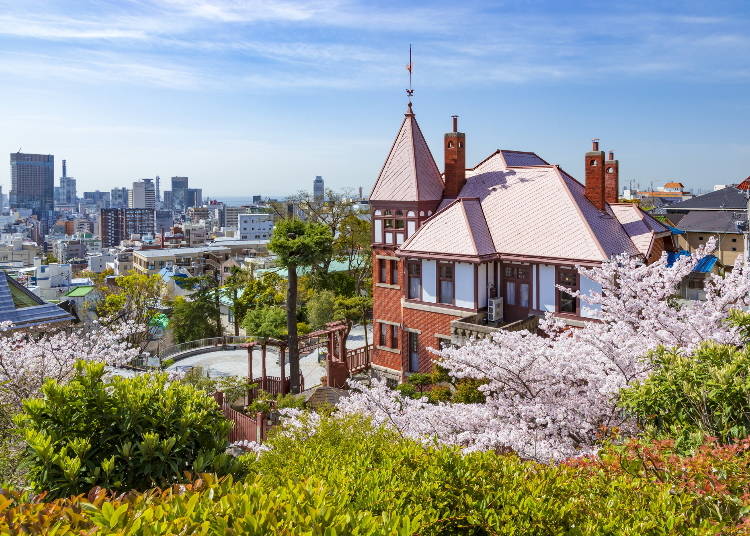
Who can buy the JR West Kansai Area Pass?
The JR West Kansai Area Pass is only available to overseas tourists in Japan who hold a Temporary Visitor visa.
How do I activate the JR West Kansai Area Pass?
After ordering the pass online you will be sent an e-ticket that confirms your order. When you arrive in Japan you will need to exchange this e-ticket for the actual JR West Kansai Area Pass. You can do this at a number of major stations in Kansai, including Kyoto Station, Shin-Osaka Station, and Kansai International Airport. You can find a full list of stations where you can exchange the e-ticket for the pass here.
As mentioned above, the additional 1-Day passes for the Kyoto City Subway, Hankyu Line and the Keihan Line that are included with the JR West Kansai Area Pass will also each need to be redeemed at the relevant ticket offices.
How long is the JR West Kansai Area Pass valid for?
The JR West Kansai Area Pass is available to buy all year round. Once you’ve ordered the pass, you will need to exchange the e-ticket for the actual JR West Kansai Area Pass within 90 days of purchase. After redeeming the pass, you will then need to activate it within 30 days.
Does the JR West Kansai Area Pass have to be used on consecutive days?
Yes - Once activated, the JR West Kansai Area Pass must be used on consecutive days.
Alternatives to the JR West Kansai Area Pass
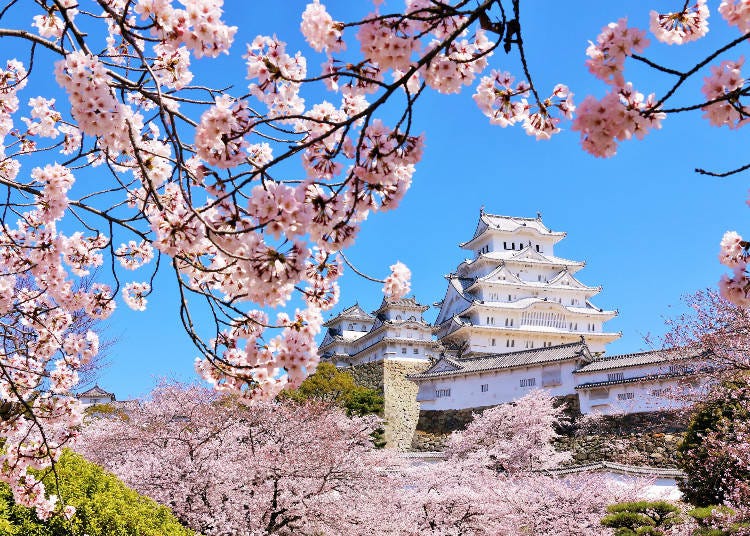
Here are a few alternative rail passes that might also be of interest for those looking to travel within the Kansai region.
Kansai Rail Pass - The Kansai Railway Pass covers unlimited rail travel on twenty private railway lines within the Kansai region. Available as either a two-day or three-day pass, with the Kansai Rail Pass you can travel to many of the region’s most popular destinations, such as Kyoto, Osaka, Himeji, Nara and Kobe.
Kintetsu Rail Pass - The Kintetsu Rail Pass is available as a 1, 2, or 5-Day pass and gives you unlimited travel on a number of train lines operated by Kintetsu within Kansai as well as some regional bus services.
JR Kansai WIDE Area Pass - The 5-Day JR Kansai WIDE Area Pass is more expensive than the JR West Kansai Pass but offers unlimited travel on JR trains to more destinations in Kansai. With this pass you can also use some Shinkansen services and also travel to areas outside of Kansai, including Okayama, Takamatsu and Tottori.
Conclusion - Save Money on Train Travel With the JR West Kansai Area Pass
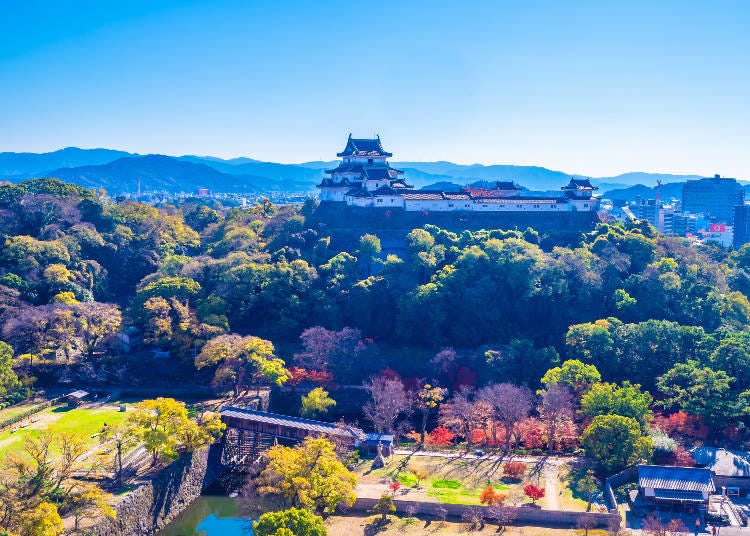
With the JR West Kansai Area Pass you can save money on train journeys while traveling to many of the region’s most popular destinations. Available in a range of formats lasting from one to four days and including additional day passes on three non-JR lines, the JR West Kansai Area Pass is an excellent option for those looking to explore the Kansai region.
Further details about the JR West Kansai Area Pass can be found on the official website.
Written by:

*Prices and options mentioned are subject to change.
*Unless stated otherwise, all prices include tax.
Limited time offer: 10% discount coupons available now!
Recommended places for you
-
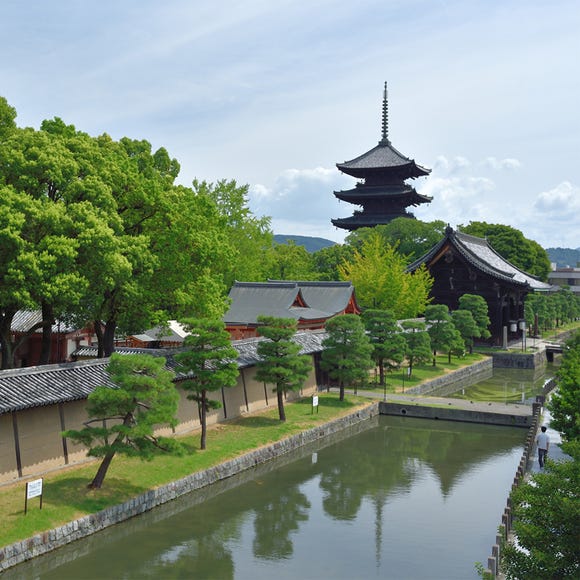
To-ji Temple
Temples
Kyoto Station, To-ji Temple
-
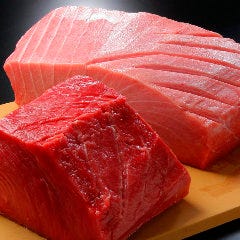
Kamesushi Sohonten
Sushi
Umeda, Osaka Station, Kitashinchi
-
Menu
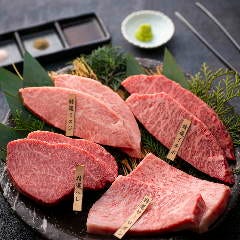
ISHIDAYA Hanare
Yakiniku
Kobe, Sannomiya, Kitano
-
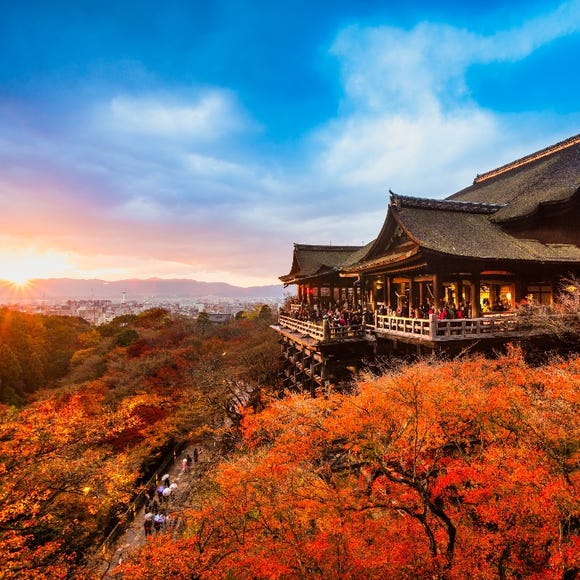
Kiyomizu-dera Temple
Temples
Gion, Kawaramachi, Kiyomizu-dera Temple
-
Goods

Yoshida Gennojo-Roho Kyoto Buddhist Altars
Gift Shops
Nijo Castle, Kyoto Imperial Palace
-

Jukuseiniku-to Namamottsuarera Nikubaru Italian Nikutaria Sannomiya
Izakaya
Kobe, Sannomiya, Kitano
-

Everything You Need To Know About the Kyoto-Osaka Sightseeing Pass
-

Step Into the Story: Inside Immersive Fort Tokyo
-

The CASIO S100: How CASIO's Masterpiece Calculator Redefines Business Elegance With Japan-Made Reliability
-

12 Unique & Fun Tokyo Food Tours to Enjoy in 2024
-

Opened in Spring 2024! What to do at Tokyu Plaza Harajuku Harakado
-

15 Must-Try Restaurants in Ikebukuro: From Aged Yakiniku to All-You-Can-Eat Sushi, Plus Adorable Animal Cafés
-
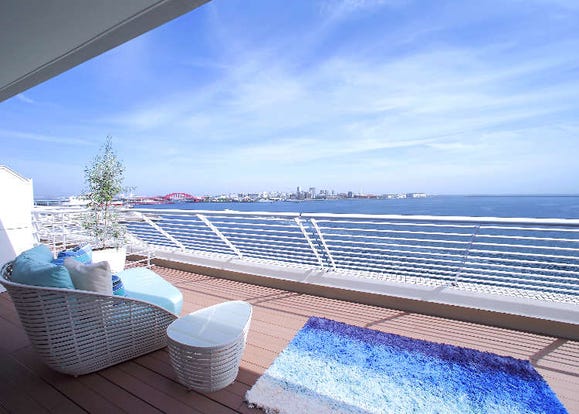
3 Best Hotels in Kobe, Japan with Amazing Views of Kobe Bay!
-

8 Unique Things to Do At Kyoto Station - According to Locals
-
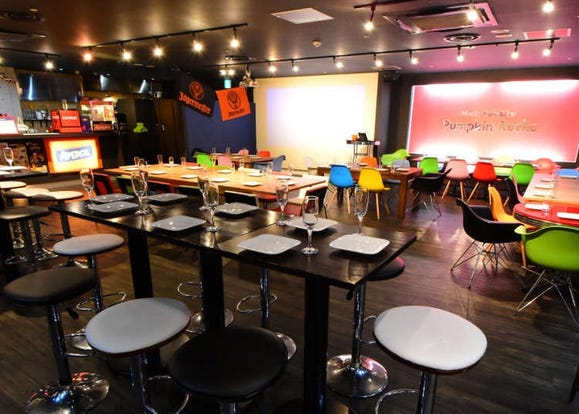
Top 5 Sports Bars Near Umeda Station: Where to Watch & Drink on Game Day
-
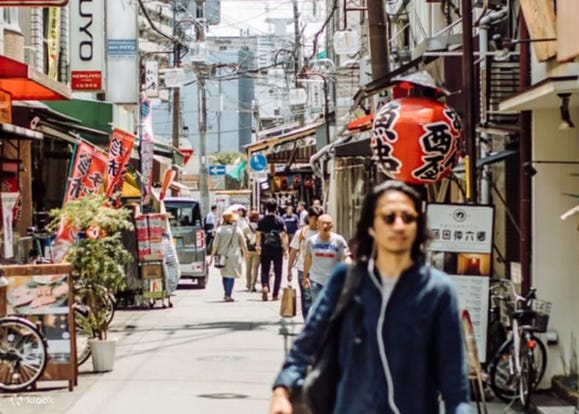
15 Exciting Tours to Experience the Best of Osaka
-
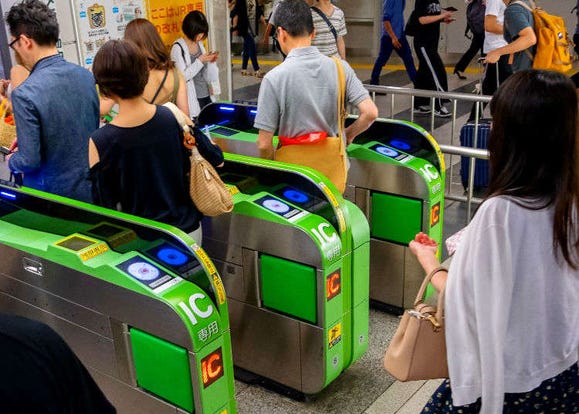
JR Edition: Visit all of Tokyo in one Day with the Tokyo Metropolitan District Pass!
-
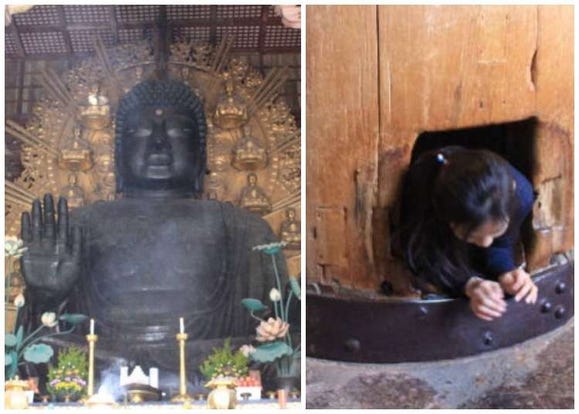
Todai-ji Temple: Home to the Great Buddha of Nara - And a Nose Hole That Brings You Luck!?
- #best gourmet Osaka
- #things to do Osaka
- #what to do in kyoto
- #what to bring to japan
- #best gourmet Kyoto
- #new years in Osaka
- #what to buy in nanba
- #Visiting Osaka
- #onsen tattoo friendly arima
- #daiso
- #Visiting Kyoto
- #best japanese soft drinks
- #japanese fashion culture
- #japanese convenience store snacks
- #japanese nail trends












